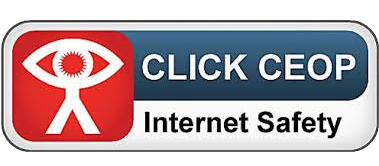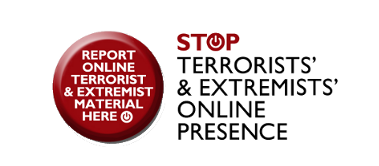Safeguarding Children In Our School
Our priority is to ensure our school remains a safe place for children, staff and all other members of our school community.
What is safeguarding?
Parents/carers and visitors coming on to our school premises, including the playground and inside the buildings, have a duty of care towards the welfare and safety of the children and the adults at the school, this is called safeguarding.
Every child can potentially be hurt, put at risk from harm or abused regardless of their age, gender, religion, ethnicity or disability.
Safeguarding means that:
- children are protected from mistreatment
- a child’s health, or development, is protected
- children grow up with safe and effective care
- action is taken to ensure the best outcomes for all children.
Safeguarding is the action we take to promote the welfare of children in our care and to protect them from harm, we take this very seriously.
Equally we are all responsible for ensuring we all safeguard each other as adults while at the school.
Child Protection
This is the process of protecting children who may be suffering from, or at risk of, significant harm. This includes physical abuse, sexual abuse, neglect and emotional harm.
Child protection promotes the rights and welfare of all children. All schools have a Child Protection Lead. This member of staff is responsible for speaking to parents if concerns arise, and making referrals to Children’s Social Care with, or without, parental permission. For more details please read a copy of our Child Protection & Safeguarding policy.
Safeguarding and Social Media
Although social networking sites may appear to be the quickest and easiest way to express frustrations or concerns about the School (and those associated with it), it is rarely appropriate to do so. Other channels, such as a private and confidential discussion with the School, or using the School’s formal complaints process are much better suited to this.
The School considers the following examples to be inappropriate uses of social networking sites. (This list is non-exhaustive and intended to provide examples only):
- Making allegations about staff or pupils at the School;
- Making complaints about the School or school staff
- Making defamatory statements about the School or staff at the School;
- Posting negative or offensive comments about specific pupils or school staff;
- Posting racist or homophobic comments;
- Posting comments which threaten violence.
Parents should also ensure that their children are not using social networking or internet sites in an inappropriate manner. It is expected that parents and carers explain to their children what is acceptable to post online. Parents and carers are also expected to monitor their children’s online activity, including in relation to their use of social media.
Photographs
If you would like to upload any photographs of your children at school events such as, school productions or sharing assemblies please remember that only your own child should be on the picture. We have some children who cannot, for safety reasons, be photographed.
Concerns have been expressed about the risks posed directly and indirectly to children through the use of camera phones on school premises. In order to minimise risk:
- Staff will only use mobile phones in office areas, the staff room or areas away from the children while school is in session;
- Visitors will be advised of the ban on the use of camera phones in school.
School Guidelines
By following these simple guidelines, you safeguard the children of our school and yourself.
Parents in the school grounds
Parents must never approach other peoples’ children to discuss any type of issue with them. This is unacceptable and the school will take immediate action should this happen. This will involve calling Children’s Social Care as this is our legal duty. We may also call the police.
Parents should not approach other parents if they have an issue with either them or their child. This is not the right way to deal with problems and leads to:
- unacceptable behaviour on our school grounds e.g. fighting
- children feeling frightened
- both adults and children feeling unsafe on school grounds.
If you see, or hear, something that concerns you regarding the welfare of one of our pupils:
- come into school and speak to a teacher
- make a note of the concern including the time, date, factual details and names
See our Policies page for further information relating to safeguarding & child protection.
Please click on links below for further help & information
Birmingham's RHRT - https://lscpbirmingham.org.uk/wp-content/uploads/2023/03/Right_Help_Right_Time_Mar_2025-V6.pdf
Operation Encompass - https://www.operationencompass.org/
NSPCC- https://www.nspcc.org.uk/



